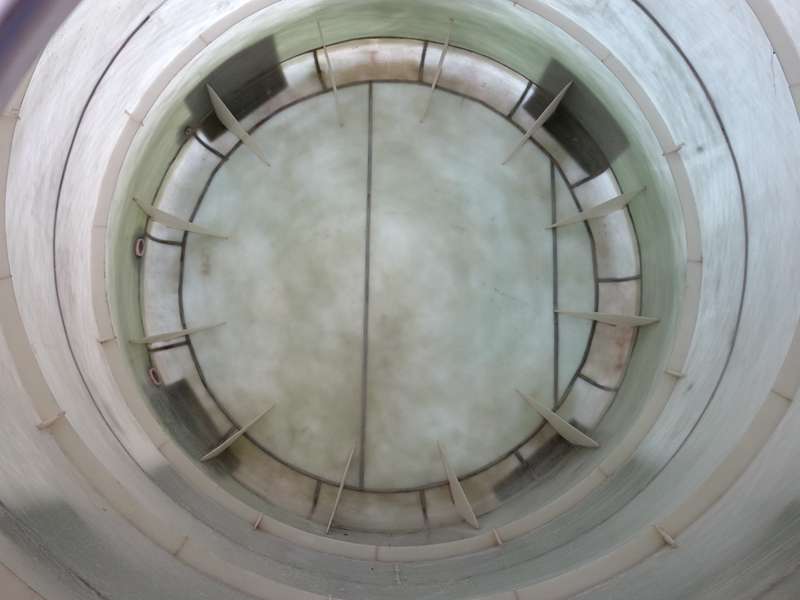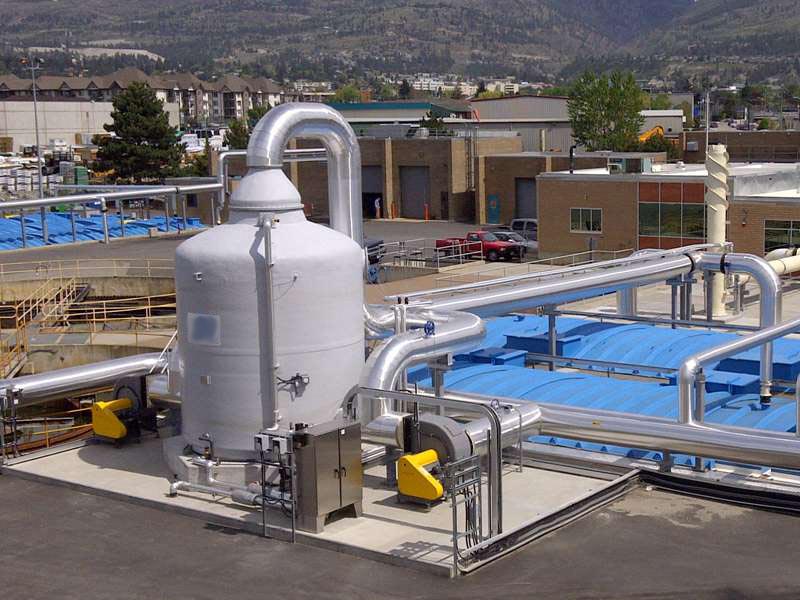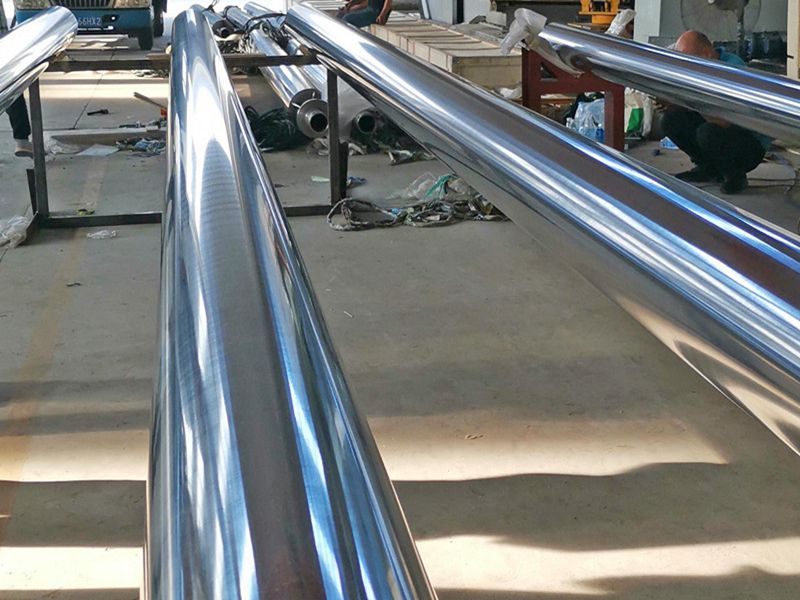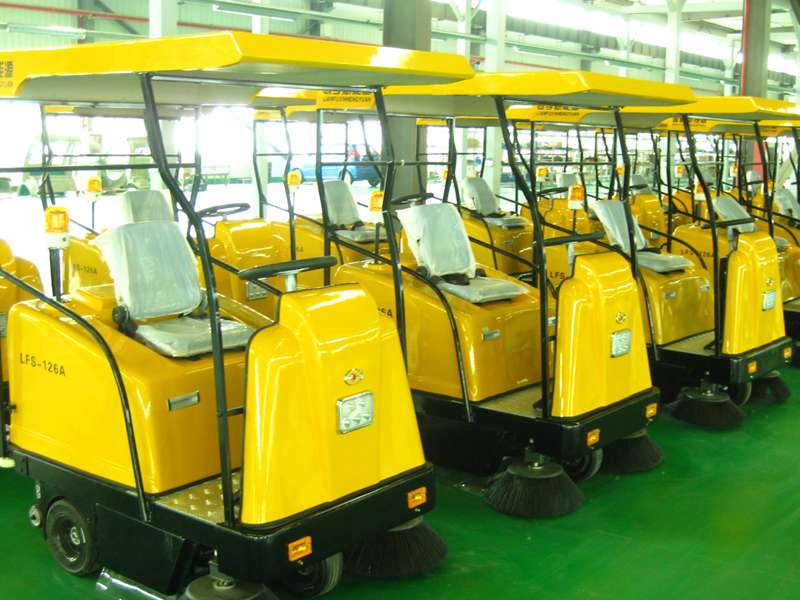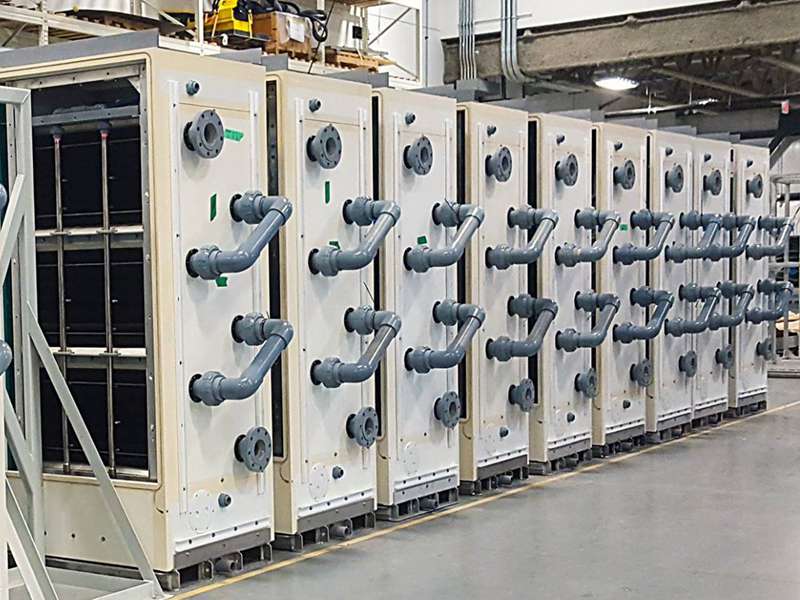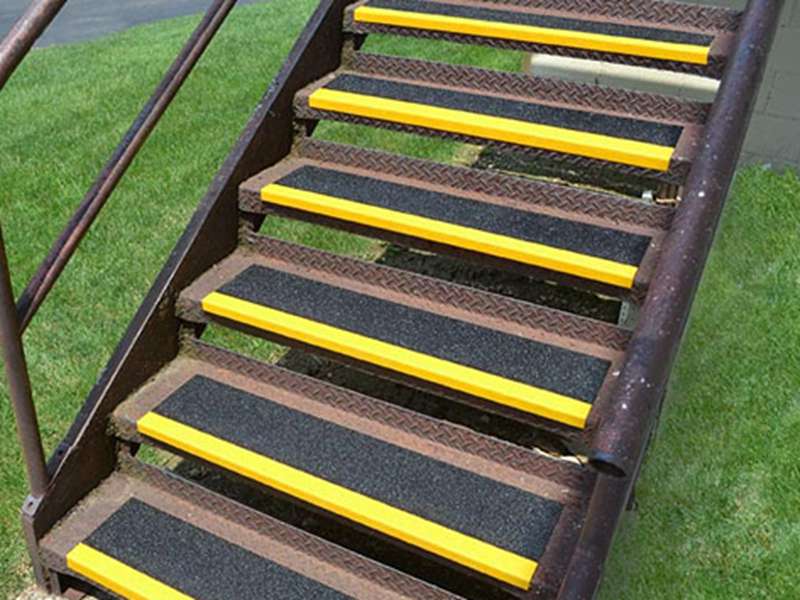
-
 Afrikaans
Afrikaans -
 Albanian
Albanian -
 Amharic
Amharic -
 Arabic
Arabic -
 Armenian
Armenian -
 Azerbaijani
Azerbaijani -
 Basque
Basque -
 Belarusian
Belarusian -
 Bengali
Bengali -
 Bosnian
Bosnian -
 Bulgarian
Bulgarian -
 Catalan
Catalan -
 Cebuano
Cebuano -
 China
China -
 China (Taiwan)
China (Taiwan) -
 Corsican
Corsican -
 Croatian
Croatian -
 Czech
Czech -
 Danish
Danish -
 Dutch
Dutch -
 English
English -
 Esperanto
Esperanto -
 Estonian
Estonian -
 Finnish
Finnish -
 French
French -
 Frisian
Frisian -
 Galician
Galician -
 Georgian
Georgian -
 German
German -
 Greek
Greek -
 Gujarati
Gujarati -
 Haitian Creole
Haitian Creole -
 hausa
hausa -
 hawaiian
hawaiian -
 Hebrew
Hebrew -
 Hindi
Hindi -
 Miao
Miao -
 Hungarian
Hungarian -
 Icelandic
Icelandic -
 igbo
igbo -
 Indonesian
Indonesian -
 irish
irish -
 Italian
Italian -
 Japanese
Japanese -
 Javanese
Javanese -
 Kannada
Kannada -
 kazakh
kazakh -
 Khmer
Khmer -
 Rwandese
Rwandese -
 Korean
Korean -
 Kurdish
Kurdish -
 Kyrgyz
Kyrgyz -
 Lao
Lao -
 Latin
Latin -
 Latvian
Latvian -
 Lithuanian
Lithuanian -
 Luxembourgish
Luxembourgish -
 Macedonian
Macedonian -
 Malgashi
Malgashi -
 Malay
Malay -
 Malayalam
Malayalam -
 Maltese
Maltese -
 Maori
Maori -
 Marathi
Marathi -
 Mongolian
Mongolian -
 Myanmar
Myanmar -
 Nepali
Nepali -
 Norwegian
Norwegian -
 Norwegian
Norwegian -
 Occitan
Occitan -
 Pashto
Pashto -
 Persian
Persian -
 Polish
Polish -
 Portuguese
Portuguese -
 Punjabi
Punjabi -
 Romanian
Romanian -
 Russian
Russian -
 Samoan
Samoan -
 Scottish Gaelic
Scottish Gaelic -
 Serbian
Serbian -
 Sesotho
Sesotho -
 Shona
Shona -
 Sindhi
Sindhi -
 Sinhala
Sinhala -
 Slovak
Slovak -
 Slovenian
Slovenian -
 Somali
Somali -
 Spanish
Spanish -
 Sundanese
Sundanese -
 Swahili
Swahili -
 Swedish
Swedish -
 Tagalog
Tagalog -
 Tajik
Tajik -
 Tamil
Tamil -
 Tatar
Tatar -
 Telugu
Telugu -
 Thai
Thai -
 Turkish
Turkish -
 Turkmen
Turkmen -
 Ukrainian
Ukrainian -
 Urdu
Urdu -
 Uighur
Uighur -
 Uzbek
Uzbek -
 Vietnamese
Vietnamese -
 Welsh
Welsh -
 Bantu
Bantu -
 Yiddish
Yiddish -
 Yoruba
Yoruba -
 Zulu
Zulu
frp grating
Understanding FRP Gratings Innovations in Lightweight Structural Components
Fiber Reinforced Polymer (FRP) gratings have emerged as a groundbreaking solution in various industries, owing to their unique properties and advantages over traditional materials. These specialized gratings are widely utilized in sectors such as construction, marine, chemical processing, and wastewater treatment, among others. This article delves into the composition, benefits, applications, and future prospects of FRP gratings.
What are FRP Gratings?
FRP gratings are composite materials made from a polymer matrix reinforced with fibers, typically glass or carbon. The fundamental structure consists of a series of parallel bars held together by crossbars, forming a grid-like platform. This construction allows for significant weight savings while maintaining high strength-to-weight ratios. The manufacturing process usually involves pultrusion, a method where thermosetting resins are combined with continuous fiber reinforcement to create a robust and durable product.
Key Benefits of FRP Gratings
1. Corrosion Resistance One of the standout features of FRP gratings is their excellent resistance to corrosion. Unlike metal grates, which may rust and degrade over time when exposed to harsh chemicals or environments, FRP materials are inert and can withstand a variety of corrosive agents. This makes them particularly useful in chemical processing industries.
2. Lightweight FRP gratings are significantly lighter than traditional materials like steel or aluminum. This lightweight characteristic simplifies installation and reduces the structural load, allowing for cost savings in transport and construction activities.
3. Durability and Strength Despite being lightweight, FRP gratings exhibit remarkable strength and durability. They can handle heavy loads, making them suitable for industrial applications. Moreover, they are also resistant to UV radiation, which protects them from degrading under sunlight.
4. Non-slip Surface The design of FRP gratings often incorporates a non-slip surface, enhancing safety in environments where slip hazards are a concern. This feature makes them ideal for walkways, platforms, and staircases in various applications.
5. Low Maintenance The longevity and resistance to physical and chemical wear mean that FRP gratings require much less maintenance than their metal counterparts, leading to reduced long-term costs for businesses.
frp grating
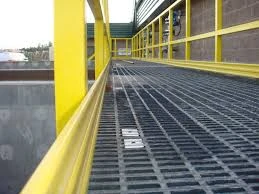
Applications of FRP Gratings
The versatility of FRP gratings enables their use across diverse applications, including
- Marine Applications In shipbuilding and offshore platforms, FRP gratings are used for walkways, decks, and utility platforms, allowing for safe and sturdy surfaces exposed to salty and watery environments.
- Wastewater Treatment Due to their resistance to corrosion and decomposition, FRP gratings are commonly used in wastewater treatment plants. They support walkways over tanks and basins, ensuring worker safety while withstanding aggressive chemicals.
- Chemical Processing In chemical plants, where exposure to harsh substances is common, FRP gratings can be found in various structural applications, such as platforms, ladders, and stairs, thereby enhancing operational safety.
- Industrial Facilities Many manufacturing facilities utilize FRP gratings in machine access areas, storage areas, and floorings because of their strength and lightweight nature.
Future Prospects of FRP Gratings
As industries continue to seek innovative and sustainable solutions, the demand for FRP gratings is expected to grow. Advances in material science are likely to lead to even more robust and versatile products. Moreover, increasing environmental regulations and the pressure to adopt green practices will drive manufacturers to explore composite materials like FRP that provide higher efficiency and lower environmental impact.
In conclusion, FRP gratings represent a significant advancement in material technology, offering a wealth of benefits that cater to the evolving needs of multiple industries. Their unique combinations of lightweight construction, durability, corrosion resistance, and safety features position them as an ideal choice for various applications, transforming how industries approach structural solutions. With ongoing innovations, the future of FRP gratings appears bright, paving the way for more efficient and sustainable practices across the globe.
Latest news
-
High-Quality Fiberglass Car Bodies Durable GRP Car & Boat Body SolutionsNewsJul.08,2025
-
High-Quality Fiberglass Dual Lamination Product Manufacturer Durable FRP & GRP Dual Lamination SolutionsNewsJul.08,2025
-
Rectangular Tank with Dimensions for GRP Calculation Custom Fiberglass GRP Rectangular TanksNewsJul.07,2025
-
High-Quality Fiberglass Weir Custom FRP Weir & Fiberglass Tanks ManufacturerNewsJul.07,2025
-
CPVC FRP Pipe A Reliable Choice for Industrial Applications High Strength & Corrosion ResistanceNewsJul.07,2025
-
Fiberglass Scrubber for Effective Cleaning and Stain Removal – Superior Performance in Various ApplicationsNewsJul.06,2025


